Cyakang Community
Cyakang Community
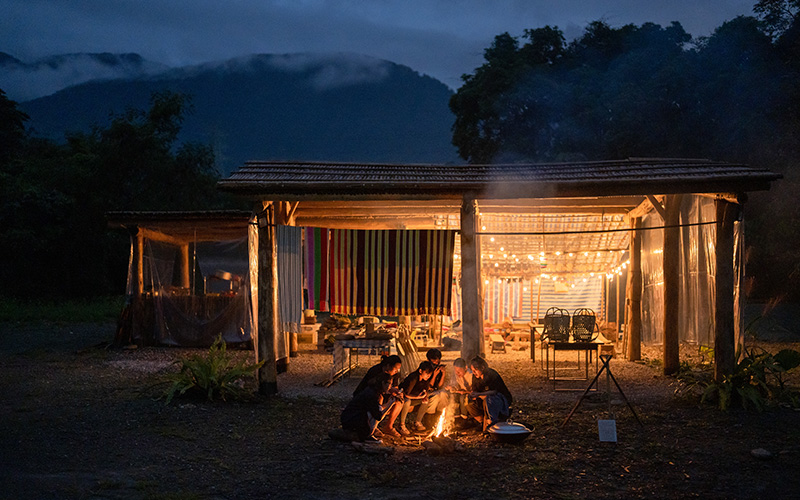
About the tribe
In a tree hollow ,co - create Youngers' dreams
Located in Wanrong Township, Hualien County, the Ciyakang tribe has a hundred years of history. In the past, due to the competition between the Truku people and the Sediq people to claim this location, names such as Rangah Qhuni (opened tree hole) and Krmuhan (battlefield) were given to the place. During the Japanese colonial rule period, the Truku people were unified and moved from the mountains to the plains. Later, due to the favorable geographical conditions and rich natural resources, more and more families moved here, gradually forming a large tribe with thousands of people. Archaeological research shows that the largest prehistoric jade-making site in East Asia is also located here in the tribe. Wonderful myths about giants and Formosan Negritos are told here.
In 2021, four Truku youths who were deeply involved in local development established "Akay Playlife." Akay is a common filler word in the Truku language. Taking advantage of years of field research experience, they transformed tribal stories and its rich culture and natural resources into tours where visitors can gain deep understanding of the Ciyakang tribe through first-hand experiences. The team of tribal youths also established the Qmpah Park. Qmpah implies labor and work in the Truku language. Traditional bamboo huts have been built and are used as the hub of tribal cultural affairs and operation. More developments are in the plan. It is hoped that better tribal experiences can be created here in the future.
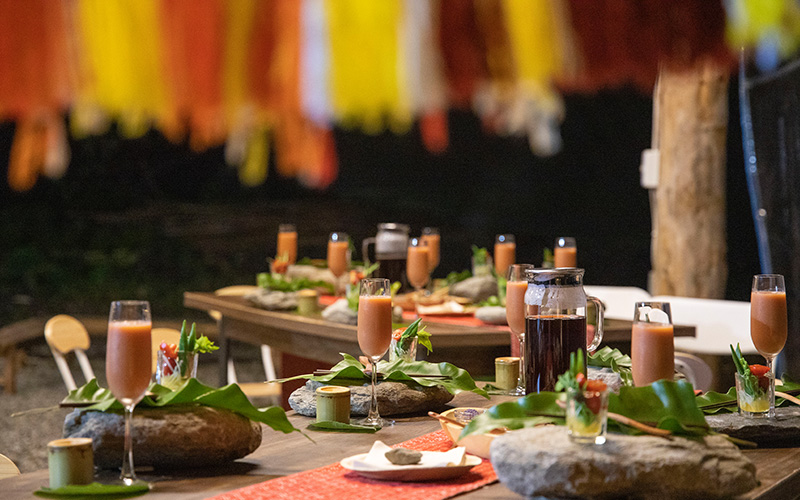
Tribal cuisine
Moonlight dining experience
In the Ciyakang Community, meet young people who have returned home and are learning traditions and bringing new perspectives. Enjoy an outdoor dining experience, while building meaningful connections with the land. One dish after another is served: locally grown vegetables, and pork. This is a meal, an experience to remember, a story of the struggles of life.
Visiting the tribe
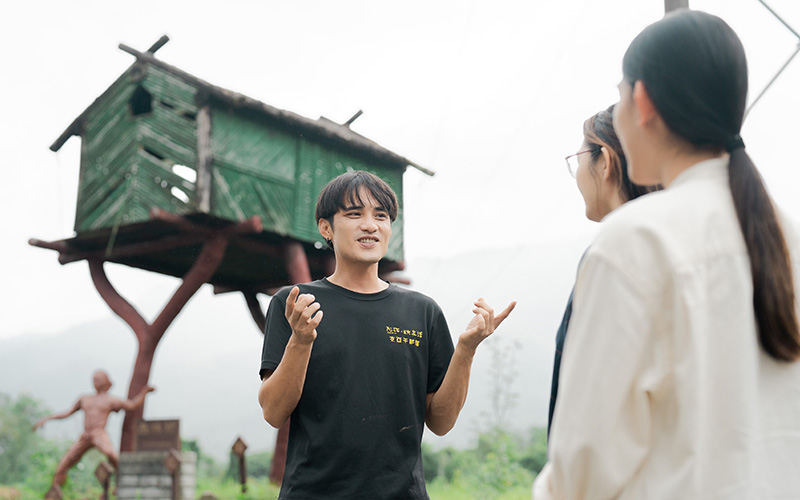
Community tour
On a walking tour, become immersed in indigenous community life by visiting a farm, a traditional mouth harp maker, and a grocery store. Enter traditional forest land to observe the rich natural resources of the Ciyakang Community. Listen to stories of how the ancestors developed the land and with your two feet explore the lives of the people on it.
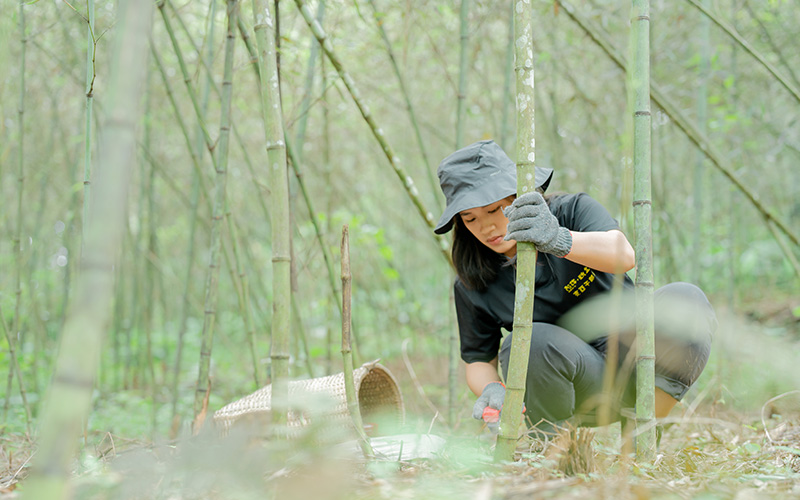
Land, bamboo, and people
Sticky rice cooked in bamboo tube is a dish served during indigenous celebrations that is dependent on the land, bamboo forests, and especially an understanding of how to maintain bamboo forests. Experience the close relationship between bamboo and the Truku people and work together to make this dish step by step, from choosing and cutting bamboo, boiling banana leaves, and steaming the bamboo tubes with food inside.
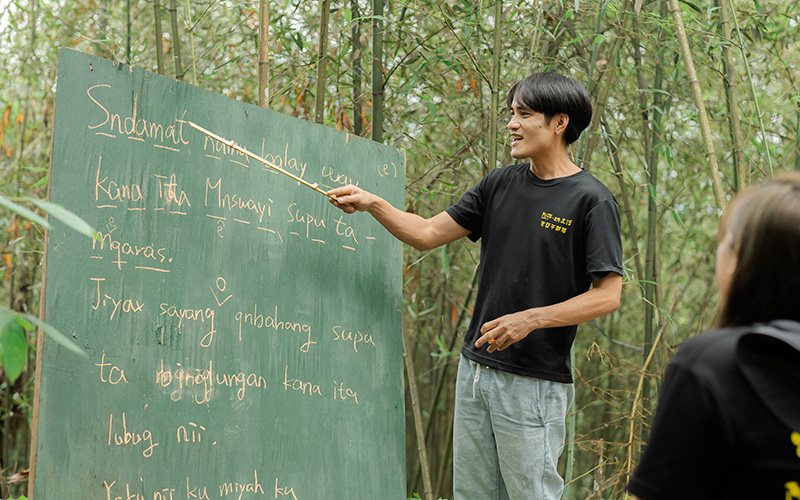
Truku language and songs
As the Truku people once lived high in the mountains, most of their traditional songs are solos or duets that mimic echoing in the valleys, revealing a solitary lifestyle. The Truku language carries the history and culture of the Truku people. In a bamboo forest, learn Truku songs and in a local grocery store play games based on the Truku language.
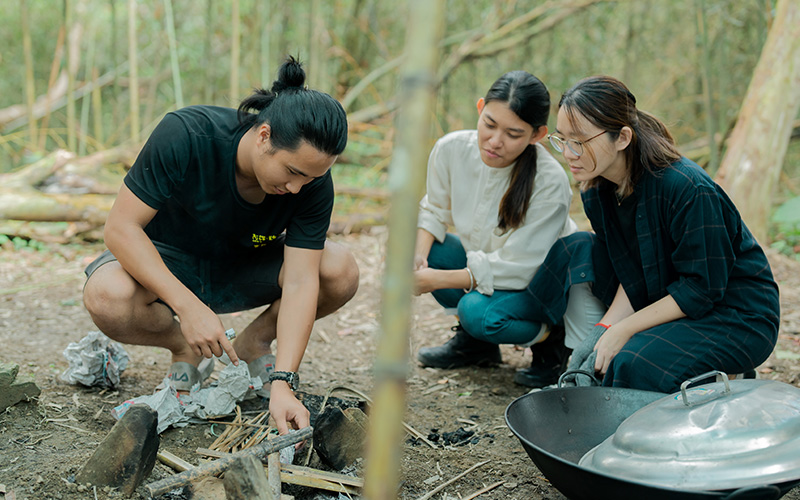
Three-stone hearth
In the Truku culture, starting a fire is a life skill and a meaningful act. In the past, the Truku people, lighted a fire in a “three-stone” hearth, symbolizing family and its continuation. First, needed materials are collected from a bamboo forest, then the traditional knowledge related to starting a fire is taught. If it is taking too long for a fire to start, the Truku people say that flames rise in response to singing and dancing.
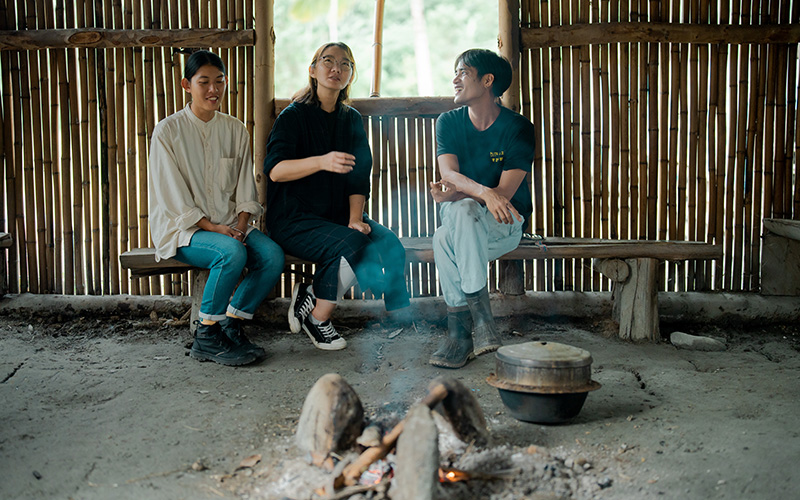
The dream of Truku youngers
In the Truku language, geng ba means “plow it,” an expression of working the land. Beginning last year, some young people who have returned to this community constructed traditional bamboo dwellings. This year, they designed Geng Ba Park, to create a place that combines agriculture, food, weaving, and archery, to teach Truku culture and traditional skills. Here, the lifestyle of the past has been revived. During a visit, also learn about the construction processes of the bamboo buildings.
Reservations
Itinerary 1
Qmpah Tree Hole - Qmpah Story Dining Table (Qmpah Tree Hole Dining Table under the Moonlight)
One-day tour: Rendezvous at Linrong Recreation Area → Talo'an no Faloco' → Introduction to ceremonies and traditional architecture → "Group 5" walking tour → Hike up to Sipaw bamboo forest → Bamboo forest tour and making bamboo rice → Hike down the hill → Qmpah story dining tableItinerary 2
Gmpah Tree Hole – woodfire dining table
Half-day tour: Rendezvous at Linrong Recreation Area → Talo'an no Faloco' → Introduction to ceremonies and traditional architecture → "Group 5" walking tour → Gmpah woodfire dining table
One-day tour: Rendezvous at Linrong Recreation Area → Talo'an no Faloco' → Introduction to ceremonies and traditional architecture → "Group 5" walking tour → Gmpah woodfire dining table → Banana rice making → archery or weaving workshop
Traffic
By Car
From Highway 9, turn onto Zhongshan Road in Shoufeng Township. After passing Fengping Bridge,turn onto Xilin Road.
By Train
From Taipei :Taipei Main Station → Shoufeng/Fenglin train station → take a taxi to Cyakang Community
From Kaohsiung: Kaohsiung train station → Shoufeng/Fenglin train station → take a taxi to Cyakang Community